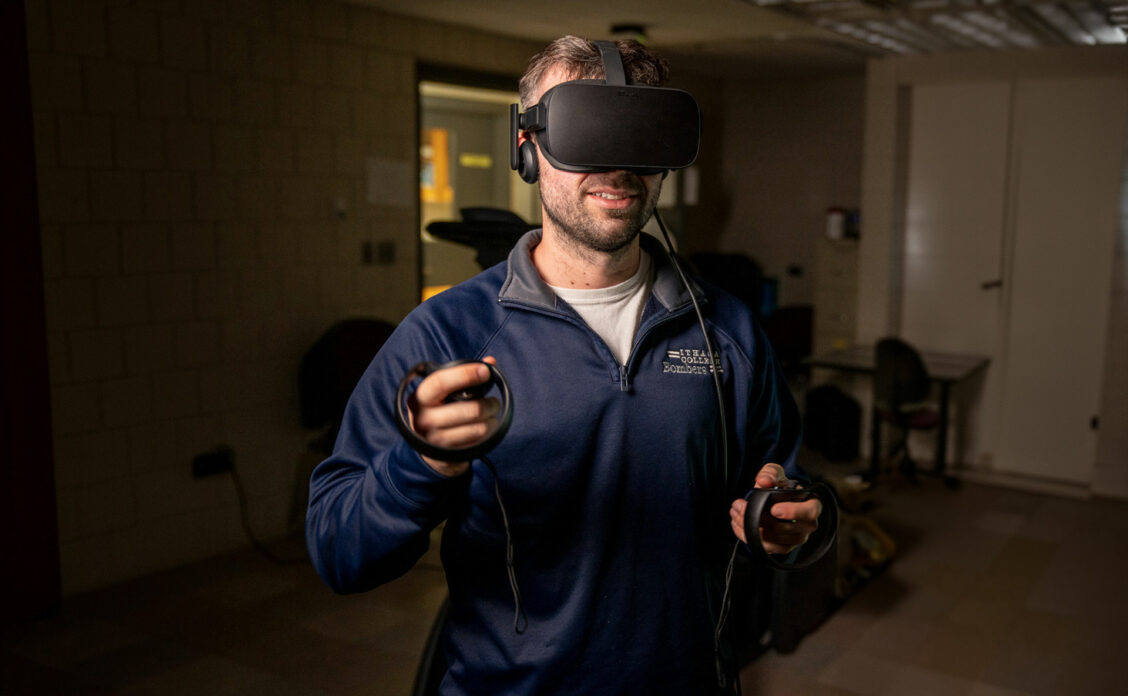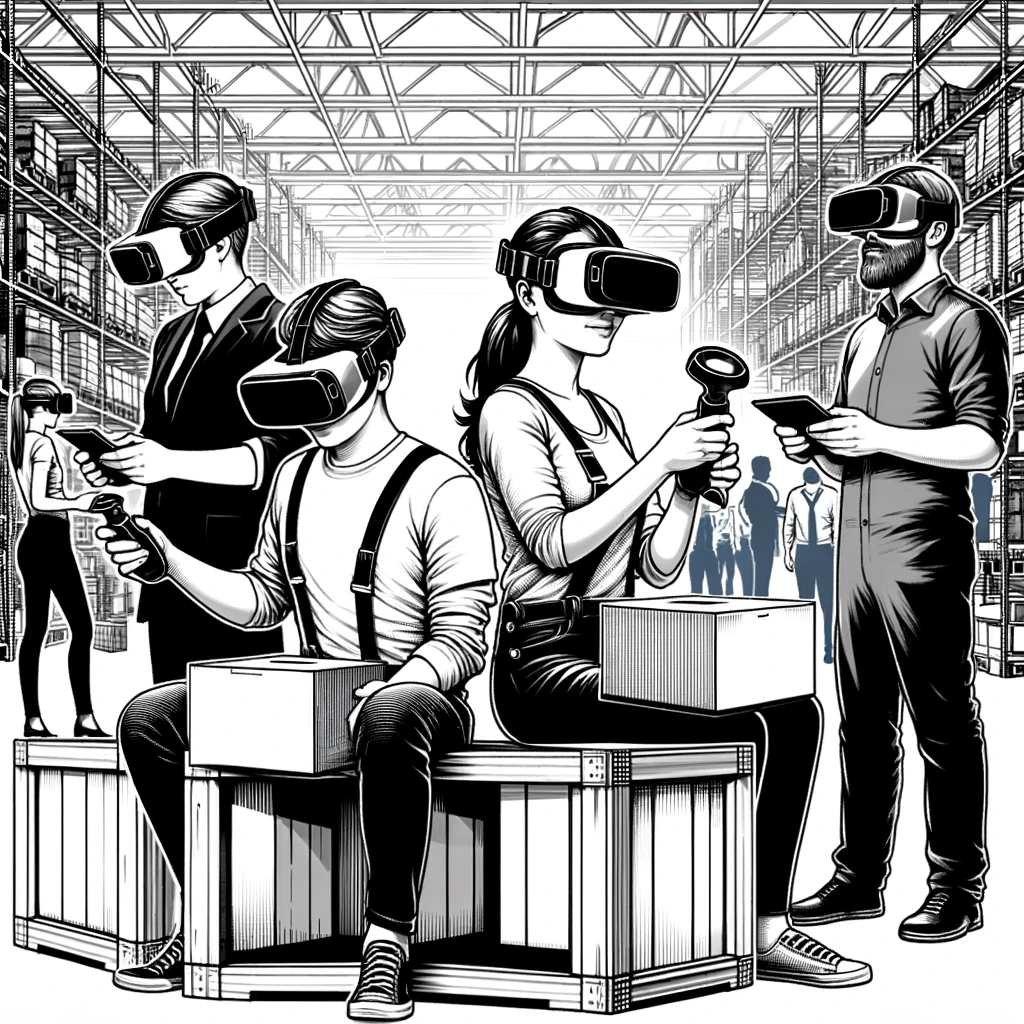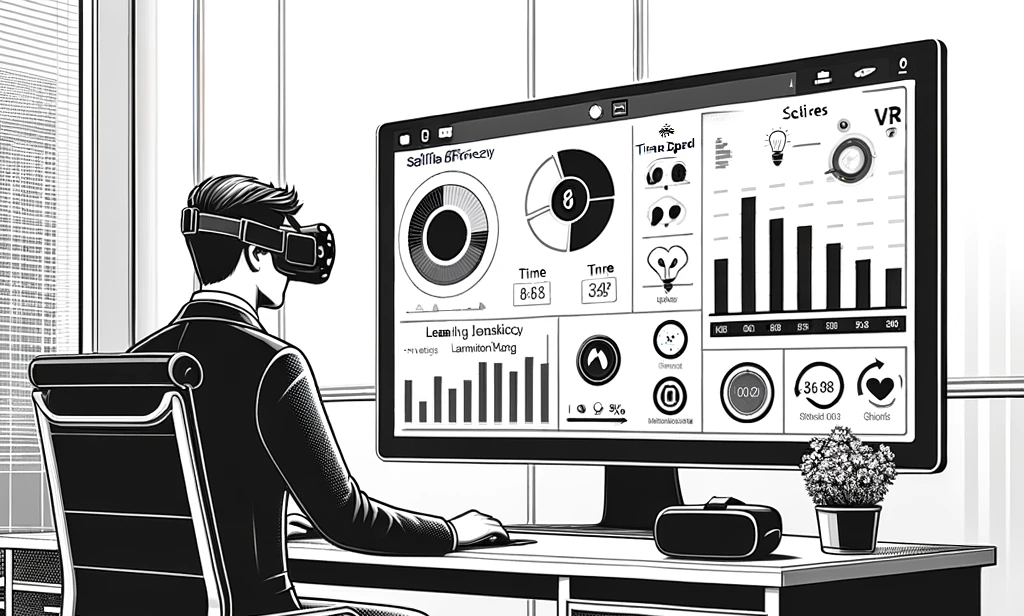Why onboard quickly and efficiently?
Frontline workers need to be on onboarded as soon as possible, so that they can get on with their work and hold their jobs. What’s more, the acceleration in staff turnover, reindustrialization and the emergence of new professions are reinforcing this need.
The consequences are felt in terms of lost productivity, quality, accidents, dissatisfied customers… and your teams are left tired and without a solution.
Here are the problems we hear about:

Limits of tutoring
Tutoring is an effective method, but extremely costly on a large scale. Your instructors, monitors, experts… are key resources in high demand. Moreover, it is limited by physical constraints of access, security and availability of machines and situations. Finally, it offers no digital tracability.
Ineffective training
Traditional methods such as classroom training and e-learning are not very engaging and focus on learning theory and office skills. These formats are not representative of the field. What’s more, front-line workers generally don’t have personal screens or self-training.
Absorbing activity peaks
Drastic increases in activity put a strain on already fragile organizations: seasonality, new production or sales targets, high staff turnover, temporary reinforcements, special events… Large-scale onboarding becomes a strategic issue in these situations.
Attracting talent
A welcome folder no longer works. It has become essential to take care in welcoming employees, right from the first contact. In addition to operational efficiency, quality onboarding enhances the attractiveness of talent.
The Uptale solution
Onboard and upskill without limits with immersive technologies
1. Capture know-how and create learning modules
- Digitize the know-how of your experts, in situ, in your field
- Absorb the practices of your site, your teams, or your key professions
- Capture the environment: workspace, ambient sound, pace, risks…
- Create interactive, spatial and immersive modules
- Add pedagogy: quizzes, gamification, conditional courses, scripting…

2. Deploy wherever you need them
- Integrate the modules into your onboarding processes : recruitment, induction, skills enhancement and maintenance.
- Install XR headsets at the entrance to your sites, in training or work rooms, at your partner recruitment and temporary employment agencies…
- Use the right formats at the right times: immersion in autonomy, collaborative in VR, learning in AR, final tutoring in the field…

3. Measure and optimize
- Analyze training data, from the simplest to the most complex
- Sending certificates of prior learning assessment
- Manage content and access remotely
- Update and redeploy at any time, with a single click

Uptale benefits
Unique know-how capture
Complete, high-fidelity capture of your experts' know-how in the field.
Next-generation learning
All the power of Immersive and Spatial Learning, ideal for upgrading the skills of front-line workers.
Speed and autonomy
No-code platform for controlled installation and maintenance, with minimal effort.
Flexibility and scalability
Modern cloud-native architecture for scalable, secure deployment.
How do companies use Uptale?

CEA - Deploying new machines
Every day, the Atomic Energy Center's sites welcome external contractors (maintenance, installation...) in an environment subject to very high safety standards. The quality and speed with which service providers are welcomed, so that they can be operational, is a major challenge.

Alstom - Integrating 30,000 people
When Bombardier Transportation was acquired, tens of thousands of people had to rediscover the group to which they belonged: understand the activities, visit the emblematic sites, master the organization...

Stellantis - Onboarding temporary workers
Both the automotive group and Stellantis make massive use of temporary workers to cope with frequent changes in production rates. Every day saved on a 10-day onboarding course is crucial.

